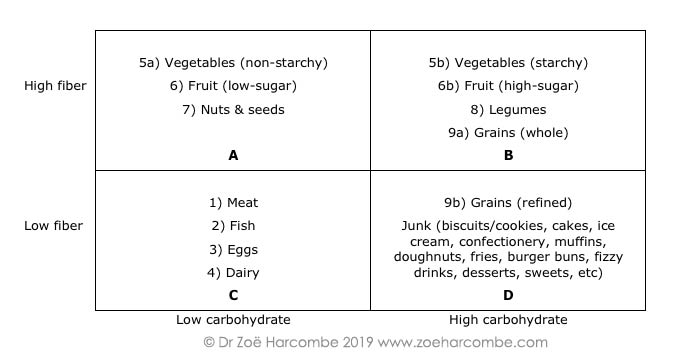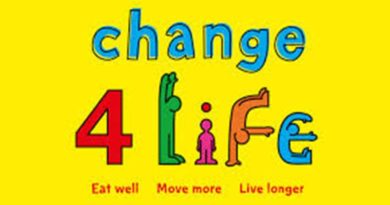Why do studies conclude that fiber is associated with better health?
Introduction
On January 10th 2019, The Lancet published yet another article raving about carbohydrates and fiber (Ref 1). The lead author was Dr Andrew Reynolds. The headlines that emanated from the study declared “Blow to low carb diet as landmark study finds high fibre cuts heart disease risk” (Ref 2). John Cummins (Professor of Gastroenterology, Dundee University) was reported in the Guardian as saying “This is the end of 50 years of researching dietary fibre. It is a defining moment”. In an article published alongside the main one, Professor Gary Frost (Imperial College London) said that the study “provides compelling evidence that dietary fibre and whole grain are major determinants of numerous health outcomes and should form part of public health policy” (Ref 3).
But was this study a blow to low carb diets? Has this research ended the debate on fiber? Do we now have compelling evidence that dietary fiber and whole grains are major determinants (i.e. causes) of health outcomes?
I will do the usual dissection of the Lancet paper in a future note (and there is some fun to be had), but this note is going to take a different approach, as I’m fed up with researchers claiming something that they cannot.
Food groups and where fiber is found
Public health diet advisors don’t even know what food groups are, as I explained in this post (Ref 4). Both the UK and the US think that there are five food groups and both of them think that protein is a food group, when it is a macronutrient present in all food groups. The UK thinks that the five food groups are: fruit & vegetables; starchy foods; dairy; sources of protein; and foods high in fat & sugar. The US thinks that the five food groups are: fruit; vegetables; grains; protein; and dairy.
I have defined nine food groups as: 1) meat; 2) fish; 3) eggs; 4) dairy; 5) vegetables; 6) fruit; 7) nuts & seeds; 8) legumes (beans, pulses, etc); and 9) grains. I have designed a diagram to put these food groups into a table, as follows. I am going to use this diagram as the basis for next week’s note which asks: “Is a low carbohydrate diet a low fiber diet?”

Box A contains food groups high in fiber and low in carbohydrate.
Box B contains food groups high in fiber and high in carbohydrate.
Box C contains food groups low in fiber and low in carbohydrate (with the exception of some carbohydrate in dairy, these foods are essentially zero fiber and zero carbohydrate).
Box D contains food groups low in fiber and high in carbohydrate. Box D contains foods that don’t fit into natural food groups, because they aren’t natural foods – all junk is in Box D.
The following observations can be made from the above diagram:
The rest of this article is available to site subscribers, who get access to all articles plus a weekly newsletter.
To continue reading, please login below or sign up for a subscription. Thank you.



